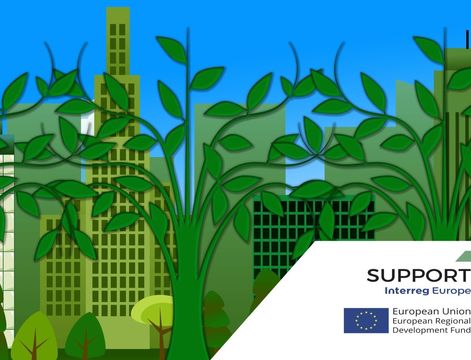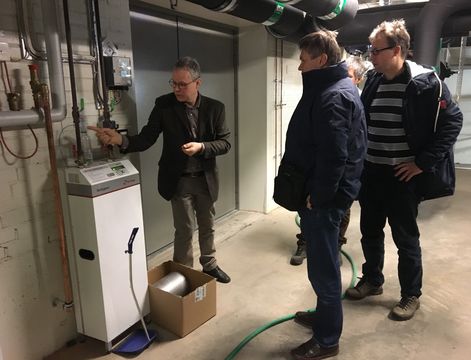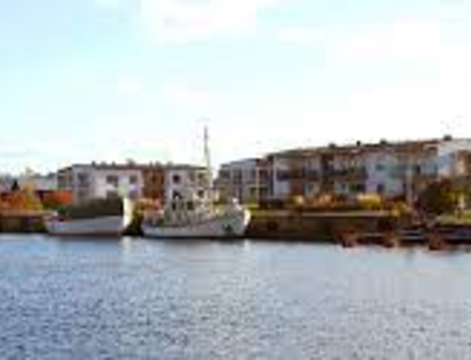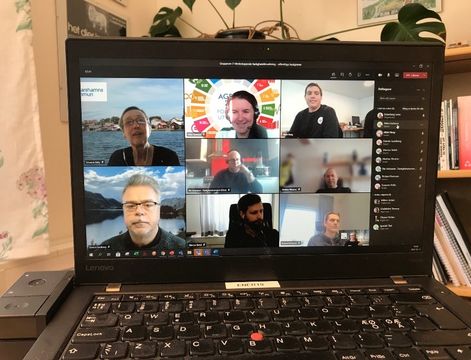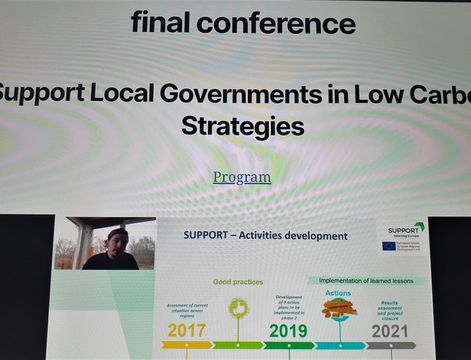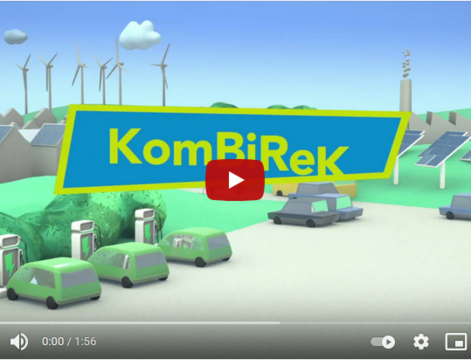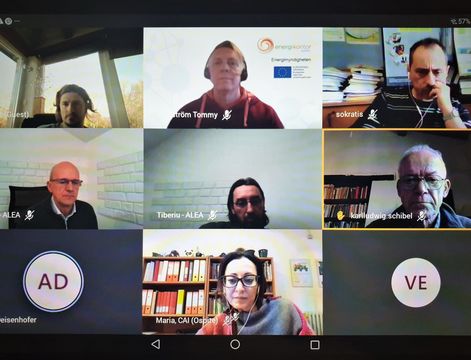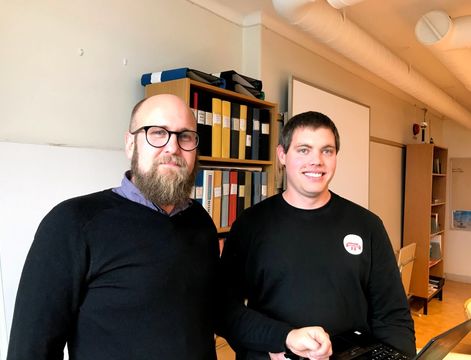On behalf of the Region of Istria and its stakeholders, five persons participated in the staff exchange organized in March 2019 in Malta, within the Project SUPPORT Interreg Europe. Two of them were from the Region of Istria, one from the Conservation Department in Pula for the area of the Istria County, one from the Port authority Rovinj and a representative of the National Park Brijuni.
The Port authority of Rovinj is currently working on two big infrastructure projects concerning the expansions of the local harbor to the north and south parts of the city of Rovinj, the Conservation Department in Pula is overseeing every project concerning building heritage and give their approval for any construction work in old city cores or historic buildings, while the National Park Brijuni is undergoing a major change as many buildings (ex-military and heritage) will undergo renovations, one whole island will be promoted as energy passive with nature science activities for schools, etc. The Region of Istria is constantly working on renovation and construction projects, we work on energy efficiency and often advice municipalities on good practices they could use.
Sustainable Development Centre X’robb l’Ghagin

Picture 1. Left-Main entrance to the Sustainable Development Centre; Right-demonstration of the RES around the Centre
The first good practice we visited was the X'robb l'Ghagin Sustainable Development Centre that is located in the locality of Marsaxlokk. It is a former military station situated inside a Nature Park, which was refurbished into the Sustainable Development Centre and hostel for school groups as a result from one EU project in 2011.

Picture 2. Left-types of RES and EE systems in use; Right-Area of the Development Centre
The Centre conducts education and trainings on the topics of renewable energy sources, energy efficiency and innovative solutions for the use of wind and solar energy, natural lighting, recycling and the use of wastewater. One of the activity of the project “Novo Ruho Brijuna” implemented by the National Park Brijuni is the refurbishment of ex-military buildings on the island of Mali Brijun into habitable spaces for school lessons in nature, scientists and artists that will use these facilities in the future. The idea of the X’robb l’Ghagin Centre about teaching biology/ecology lessons along with the importance of energy efficiency and RES could perfectly blend in future school programs which will be implemented on the island Mali Brijun.
FLASC Offshore Energy Storage
 Picture 3. Left-The FLASC system in the Grand Harbour; Right-University of Malta representative explains the working principle
Picture 3. Left-The FLASC system in the Grand Harbour; Right-University of Malta representative explains the working principle
The second good practice we visited was the Grand harbor and the FLASC Offshore Energy Storage (Floating Liquid-piston Accumulator using Seawater under Compression) which represents a floating platform with an integrated energy storage system. FLASC uses compressed air for energy storage, but it’s not your average compressed air energy storage system. The FLASC dual-chamber technology allows the operating pressure range to be established independently of the deployment depth. It exploits existing resources and infrastructure, resulting in a cost-effective solution, beating batteries at their own game.

Picture 4. Left-Stakeholders listening to the presentation; Right-The working principle of large-scale operation FLASC integration
Malta Stock Exchange

Picture 5. The Malta Stock Exchange (former British chapel)
The last good practice we visited was the refurbished chapel from 1885 in the centre of Valletta, which is today the Malta Stock Exchange. Although the enclosed offices remain air-conditioned, the naturally driven cooling system inserted at the ridge is effectively the only way the central open spaces could be utilized as open offices.

Picture 6. Left-Steel construction and offices; Right-Under-roof construction
Extensive work was carried out to the original timber roof. Our stakeholder from the Conservation Department was impressed by the solutions used in this chapel. The best part was that if the government decided that they want to reverse the conversion of the chapel into the stock exchange, they could do it without any problems because of the steel inner construction that houses all the offices and supports all the floors. By simply removing the steel construction, they would be able to revert the building into a chapel without losing any value or damaging the building. This system could be used in many heritage buildings in Istria and Croatia.


